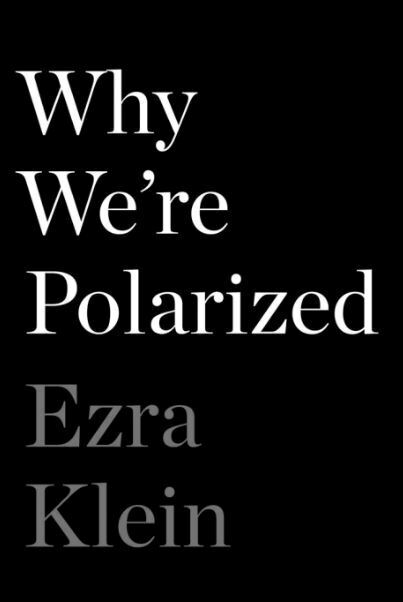
It’s an easy trap to fall into. And it happens in politics, radio and brand marketing. We market ourselves and our products under the assumption that people make rational decisions based on key issues or features that we recognize as being important to the majority.
A politician may say “I support border protection, gun control and gay marriage—issues important to most Americans. Where are the votes?”
A programmer may say “We are playing 20% more 80s than our competitor, have $1,000 giveaways every hour and hour-long music sweeps. Where are the listeners?”
Why aren’t they winning?
In his new book “Why We’re Polarized,” Ezra Klein theorizes that people vote based upon emotion and connection to a group. Not rationally or tied to specific issues.

We like to be part of a movement. We cheer for the underdog, we “feel the Bern.” There is a lot of power in this group psychology. Once they’ve joined a group or become a “fan,” committed partisans will rationalize almost anything done by their “team.”
The Cleveland Browns lost every game between December 24, 2016 and September of 2018, but their fans stuck by them. That’s 635 days without a win. Browns fans love their team—through thick and thin.
We forgive Google’s trespasses into our personal data because their Super Bowl commercials give us all the feels. Never mind that they are creepily using our information to sell us products, they can help us remember family members we have lost. So sweet, love them.
Your favorite Starbucks gets your order wrong and you find yourself apologizing to them. Maybe you weren’t clear?
Where’s the emotional connection to radio? What happened to the power of the group, the feeling that I want to “vote” for this station? It’s lost in all the technical details we focus on!
While playing 12 songs in a row may build a valuable music quantity image, don’t mistakenly think that’s what will turn casual listeners into fans.
Rather than focusing on the minutiae of your station, infuse it with emotion. Bring it to life for your audience. Create a team environment. Start a movement.
Once you connect with your audience emotionally and convert them into “fans,” your listeners will forgive that extra commercial per hour or the not-quite-perfect music mix.
As my colleague Sam Milkman has said, “When we start feeling and stop gaming, we will reach greater heights.”

This is right-on. It underscores the need for personalities that connect with an audience, engage them emotionally and interest them by being interested in them. Sam’s quote should be posted in every Program Directors office in North America.
Might be time to start thinking more about creating the connection a little more often. Many stations give the person whose name is on the show 4 chances to do that an hour. The rest of the time is taken up by the station imaging. Can your midday host do a better job of telling the listener the values of “Podunk’s Greatest Hits” than a prerecorded voice? Of course. Using imaging and “live” breaks equally gives the air talent more time to connect. We should be able to whittle down the reason for the air talent in those few words posted here. “Get the vote”. Give them another reason to love YOU and love the station. It’s